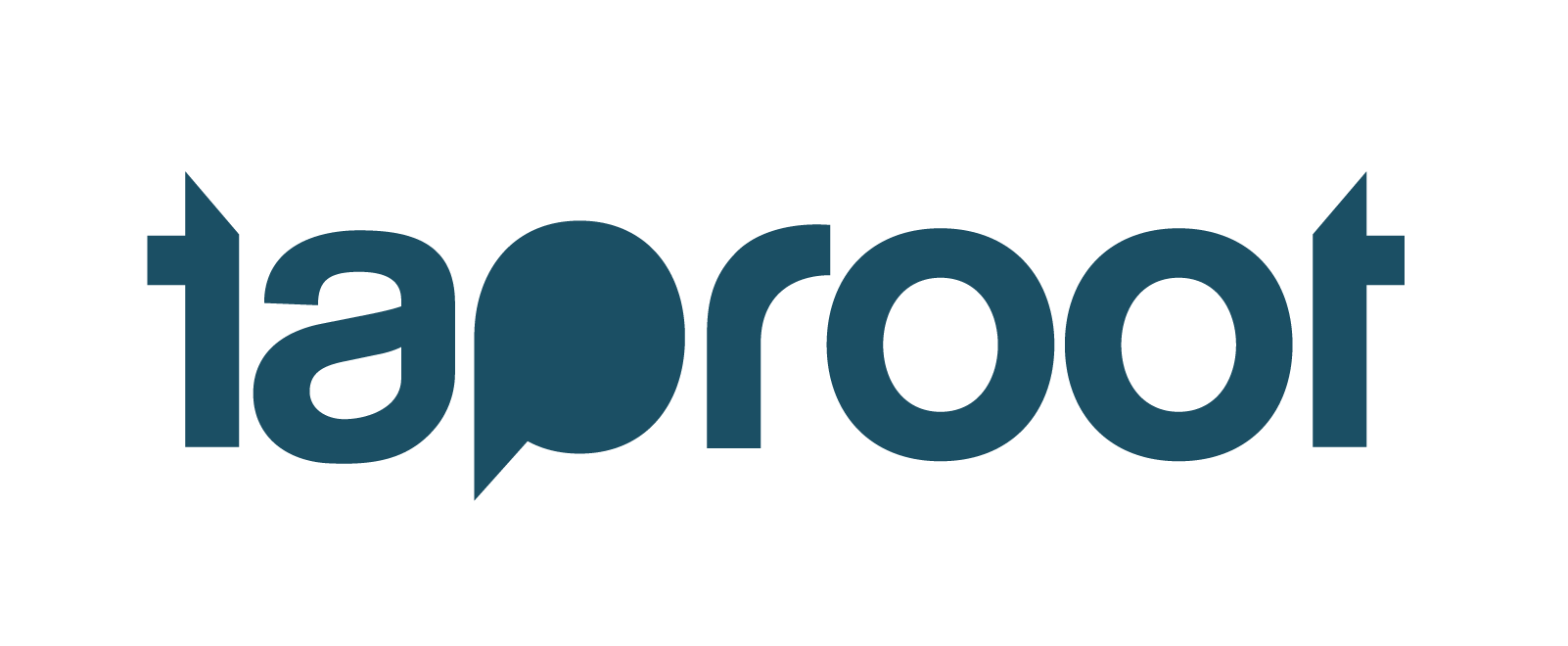Pro Bono Work and Skills-Based Volunteering Offer More than a Warm, Fuzzy Feeling
When thinking of pro bono work in the context of architecture, design, and engineering, seal and sea-lion rescue may not come to mind as readily as, say, a Habitat for Humanity home in Chicago

This article originally appeared on Autodesk’s Line//Shape//Space, a site dedic…
But that perception may be changing, thanks, in part, to skills-based volunteering opportunities through organizations such as the Taproot Foundation, Public Architecture, and Journeyman International.
The Taproot Foundation. Taproot Foundation advises companies on how to design high-quality opportunities for pro bono engagement. In June 2015, the Autodesk Foundation helped a team of pro bono volunteers coordinate a partnership with The Marine Mammal Center, leveraging the employees’ engineering and additive manufacturing skills. The objective? To create a 3D-printed tranquilizer dart with a built-in transmitter device that would ensure seals and sea lions—fleeing perceived danger—are tagged and captured safely.
Like many employee-engagement programs supported by the Taproot Foundation, the project is a win-win: bringing together a worthy organization and private-sector professionals seeking philanthropic outlets, with the added incentive of finding challenging and innovative ways to further their careers.
“Design and design pro bono can have a tremendous impact in the nonprofit world. We see wonderful examples of the use of design for good. We’ve gone far beyond design and technology being used to fix a website or database,” says Joel Bashevkin, executive director of Taproot’s San Francisco Bay Area region. “Our clients are tapping pro bono expertise to use design and technology to deliver better services at a greater scale.”
So how can an interested designer find the right project, one that is truly fulfilling rather than just a professional feather in the cap?

